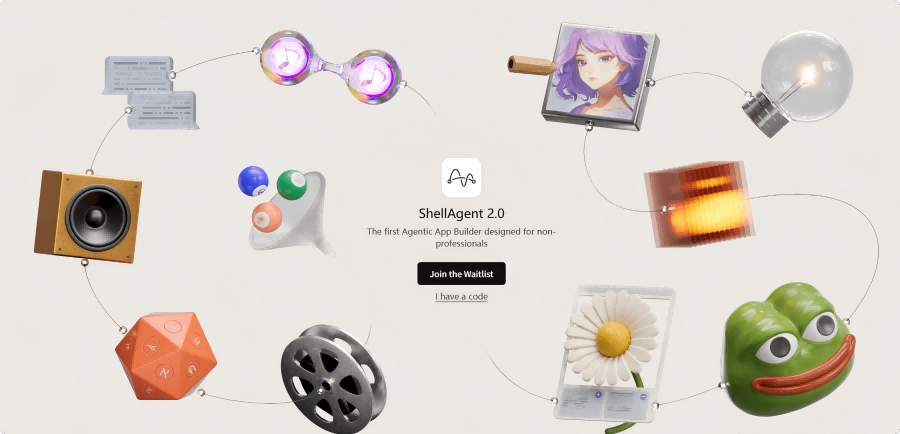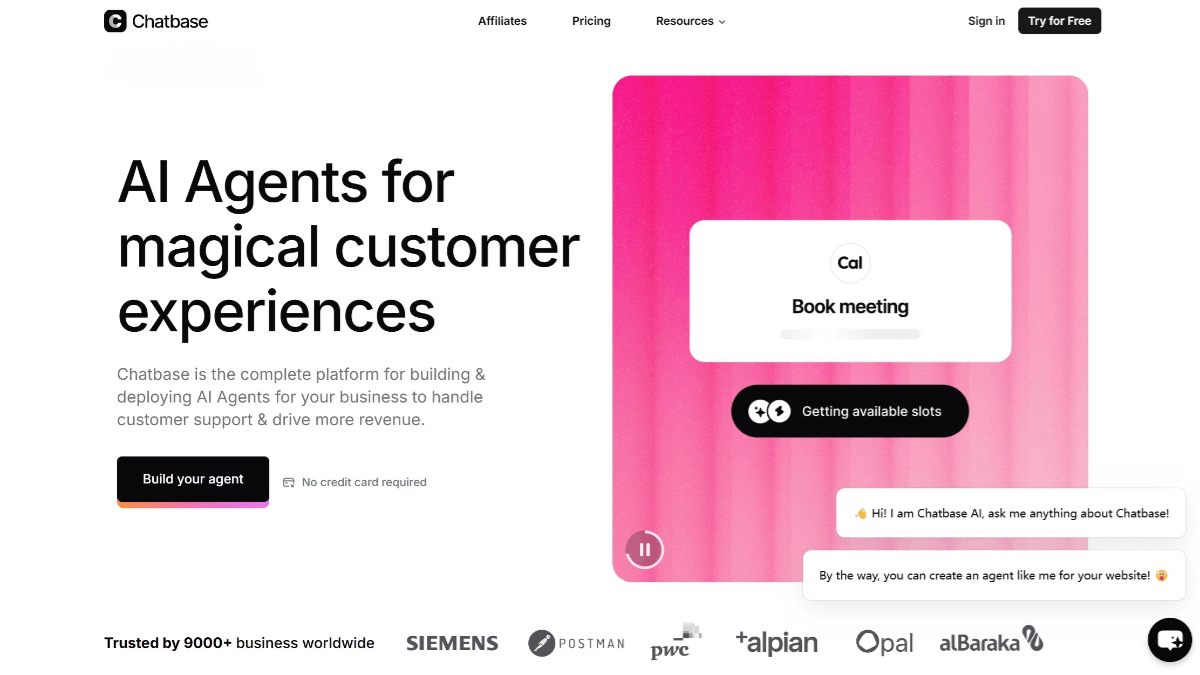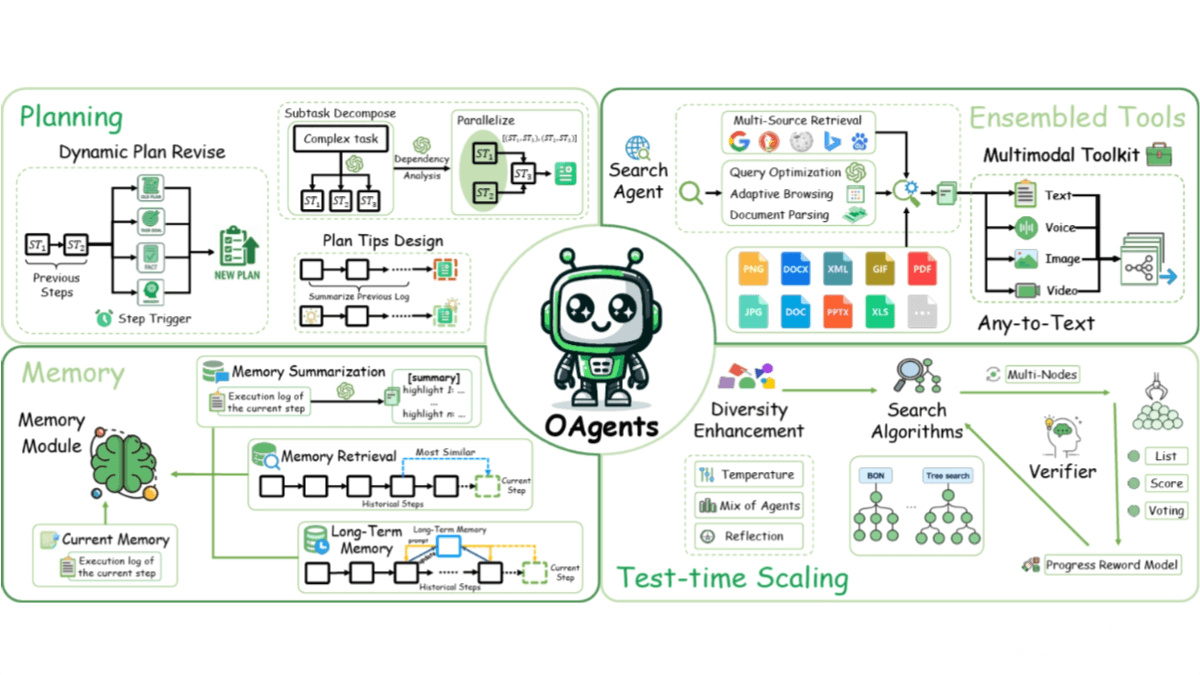A2A: Enable Agents to invoke other Agents
MCP: Enable Agents to invoke tools/interfaces
Principles of A2A Protocol
- Embrace the core capabilities of intelligent agents: Allow intelligent agents to interact in a natural and unstructured manner.
- Built on existing standards: Adopt modern and popular technical standards such as HTTP, SSE, and JSON-RPC.
- Secure by default: Built-in authentication and authorization mechanisms ensure secure communication.
- Support for long-running tasks: Capable of handling the execution of long-running tasks and synchronizing task status.
- Support for multiple modalities: Supports various data formats such as audio and video.
Key features of A2A
- Capability Discovery: Agents can promote their capabilities through an “Agent Card” in JSON format, enabling client agents to identify the most suitable agent for executing specific tasks.
- Task Management: Defines the lifecycle of tasks and supports the management of both short-term and long-term tasks.
- Collaboration: Agents can send messages to each other to exchange context, replies, outcomes, or user instructions.
- User Experience Negotiation: Each message includes a “content fragment,” allowing agents to negotiate the required format and explicitly include negotiation for user interface capabilities.
A2A technology architecture
- Communication Protocol: A standardized communication protocol is defined to regulate the message exchange rules, syntax structure, and transmission mechanism between intelligent agents.
- Agent Identity: Intelligent agents can declare their own identity, functional characteristics, service interfaces, and other information through an Agent Card.
- Service Discovery Mechanism: A service discovery mechanism is provided, enabling intelligent agents to query and locate other agents with specific capabilities based on task requirements.
© Copyright Notice
The copyright of the article belongs to the author. Please do not reprint without permission.
Related Posts

No comments yet...



